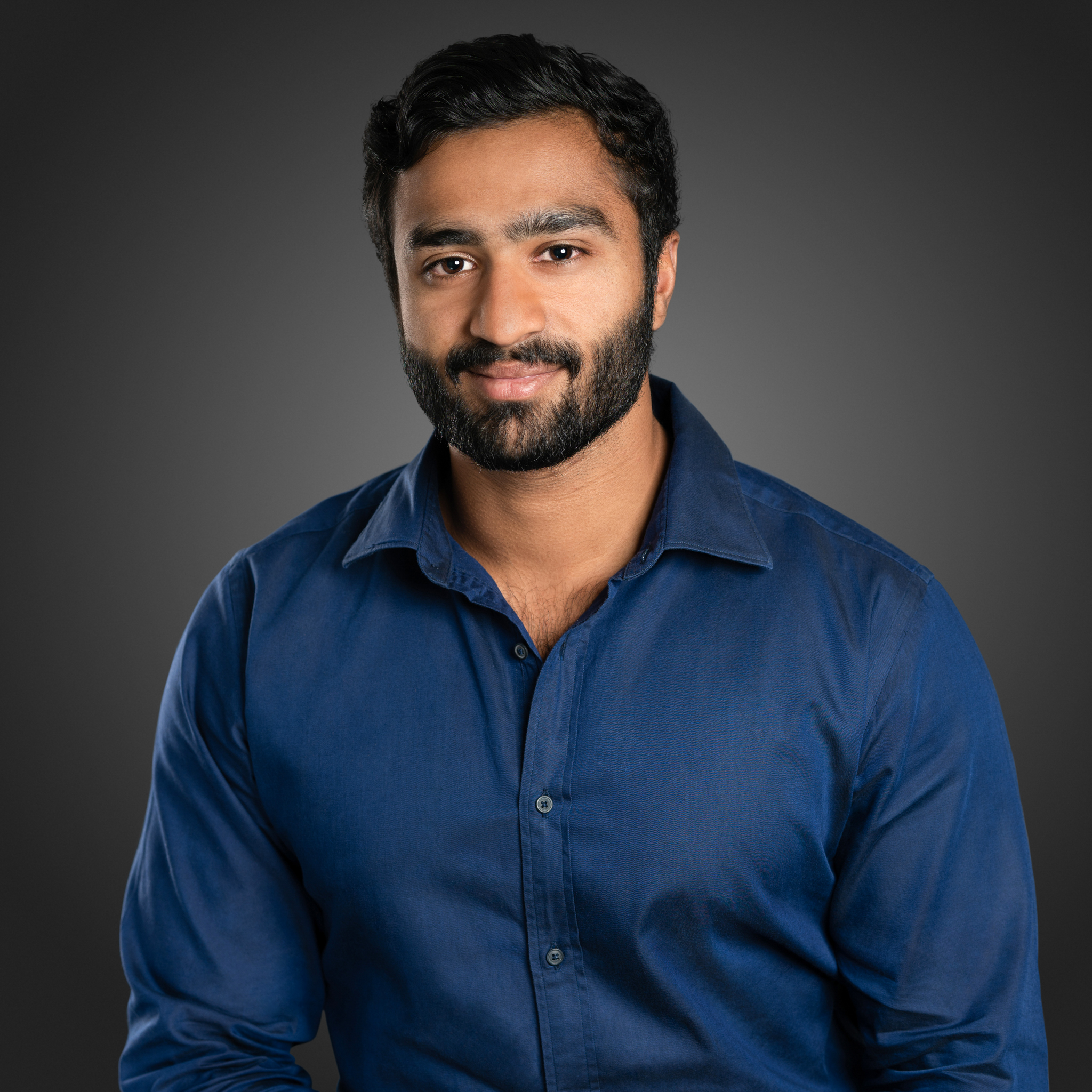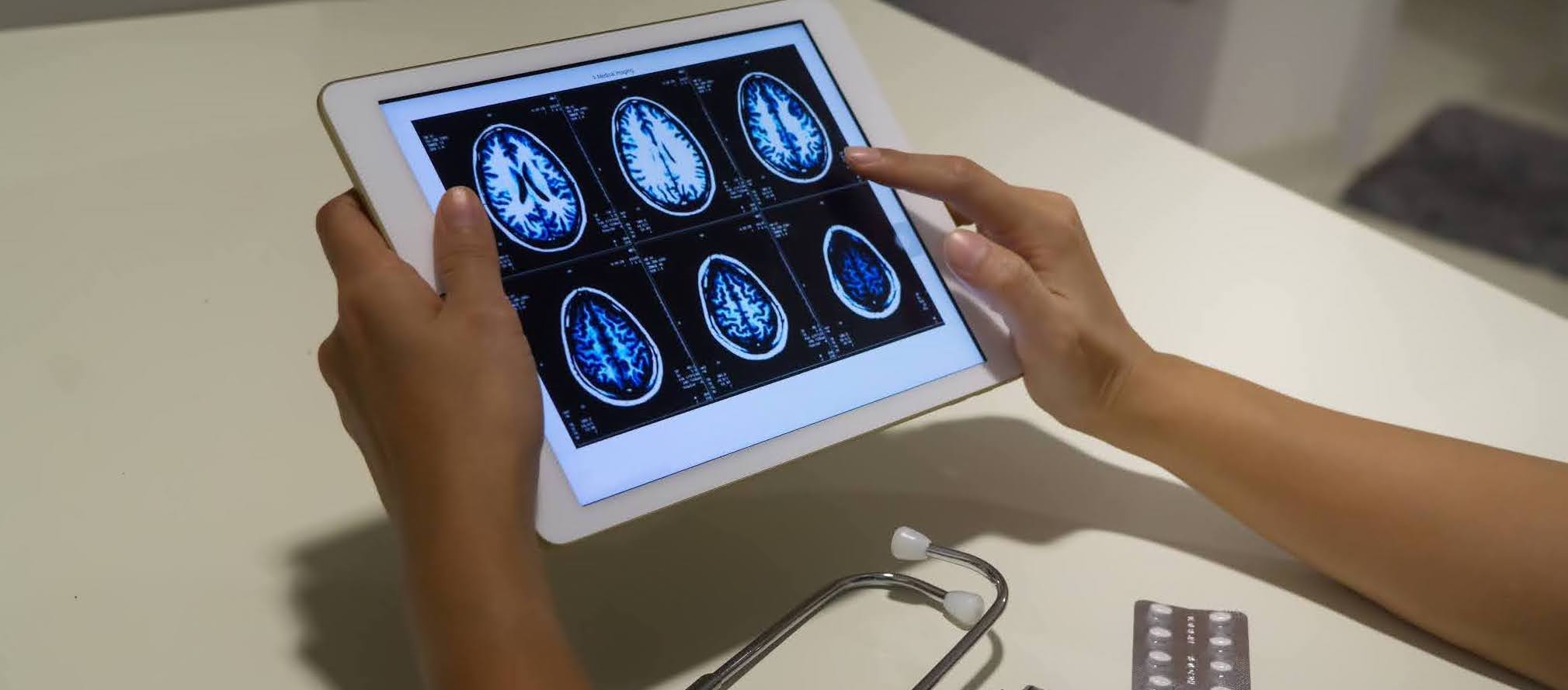Australia may be heading into a massive health crisis in the near future, because patients have not been getting their regular checkups and missing appointments, Dr Chantel Thornton, an in-demand Specialist Breast Cancer Surgeon warns.
According to the recent Clinic to Cloud 2020 Survey: Building a Better Practice Beyond COVID-19, 71% of medical professionals have seen an increase in patient anxiety or distress, and 50% saw an increase in patient appointment confusion and no-shows since the pandemic began.
The report reveals patients are scared, stressed, unsure if they should keep their current appointments which also adds to the fear of the possible exposure to the virus when at a clinic. This, plus the increase in telehealth confusion, means many patients simply do not keep appointments.
Appointment no shows and missed diagnosis
Dr Thornton warns the increased appointment confusion and no shows, could mean an increase in missed diagnosis - causing potentially serious health risks for Australians in the near future.
“We are going to be hit with a tsunami of people with major medical problems that have not been addressed over the last six months,” she warns. “There's going to be a major health crisis in Australia and it's not going to be corona. It's going to be medical problems that people have not been paying attention to with the right checkups.”
“Soon, we’ll see masses of patients panicking because they'll have undiagnosed tumors that will likely be non-curable, they'll be panicking as they've left it so late, so they will want everything done faster than ever before.”
No shows cost money
On top of serious health ramifications, no shows are a costly exercise for practices, particularly now. The Clinic to Cloud Survey revealed on top of income decline, 35% of those surveyed saw an increase in patient document management, and one in three saw an increase in patient registration and processing issues.
Dr Thornton agrees no shows are extremely expensive and are one of the most costly things that can happen, and the increasing admin on the back of appointment no shows is simply unsustainable.
She explains how automation of appointment reminders and follow-up reminders have saved her significant amounts of time and money.
“I’m a cancer surgeon, so I’m responsible for all the no-shows. When a patient doesn’t show, I have to write a letter to the patient and their general practitioner, so it costs me time, plus it costs me money I haven’t earned,” she says.
“Now, I’m using automated reminders, which have been very helpful. I send out reminders to patients to get their mammograms and ultrasounds done. I can send them addresses and referrals directly. I can remind them they have an appointment booked. It saves me masses of time and money.”
Improving patient experience and continuity of care
Strengthening patient engagement and patient experience is critical now, more than ever. This is not only because patients are increasingly anxious and stressed, but also because the fourth technological revolution has seen people, no matter what service they require, expect more online, streamlined, and cohesive experiences.
The days of sitting in a waiting room for hours are gone. Patients expect seamless connected care, they expect to be able to see a doctor, have all the information, tests and referrals available to them, and manage their appointments online themselves. In short, they want to participate in their health journey.
Thornton said this is the perfect time for doctors to see how they can best prepare for this new wave of patients. Practitioners will need to find ways to streamline processes, to give the patient a better experience and reduce wasted hours on doing things the old "pre-pandemic" way.
“Because of the type of environment that we live in, people want everything now,” Dr Thornton explains.
“And the way you get ahead of the competition is you see your patients rapidly, you provide a plan for your patients rapidly, and by doing that you're improving the patient's outcome; you're assisting in a good outcome for your patient by doing everything for them in a rapid and streamlined process. And so you need tools that allow you to do that, and I believe Clinic to Cloud allows us to give the very best care to the patients and it improves time management -our most valuable commodity is time.”
Quick tips to help boost continuity of care and prevent no-shows:
- Enact a Patient Portal that helps patients manage their appointments and gives them access to referrals as they come in.
- Provide automated health information at point of care, as well as remotely.
- Give patients access to test results, where appropriate, delivered online.
- Have an automatic payment processing portal, to reduce chasing and admin.
- Enact auto-reminders for appointments and follow-up.
- Provide the ability to upload personal details straight to a secure online portal prior to an appointment.
Read more insights in Clinic to Cloud’s recent survey, 2020 Survey: Building a better practice beyond COVID-19. Download your free copy here.




